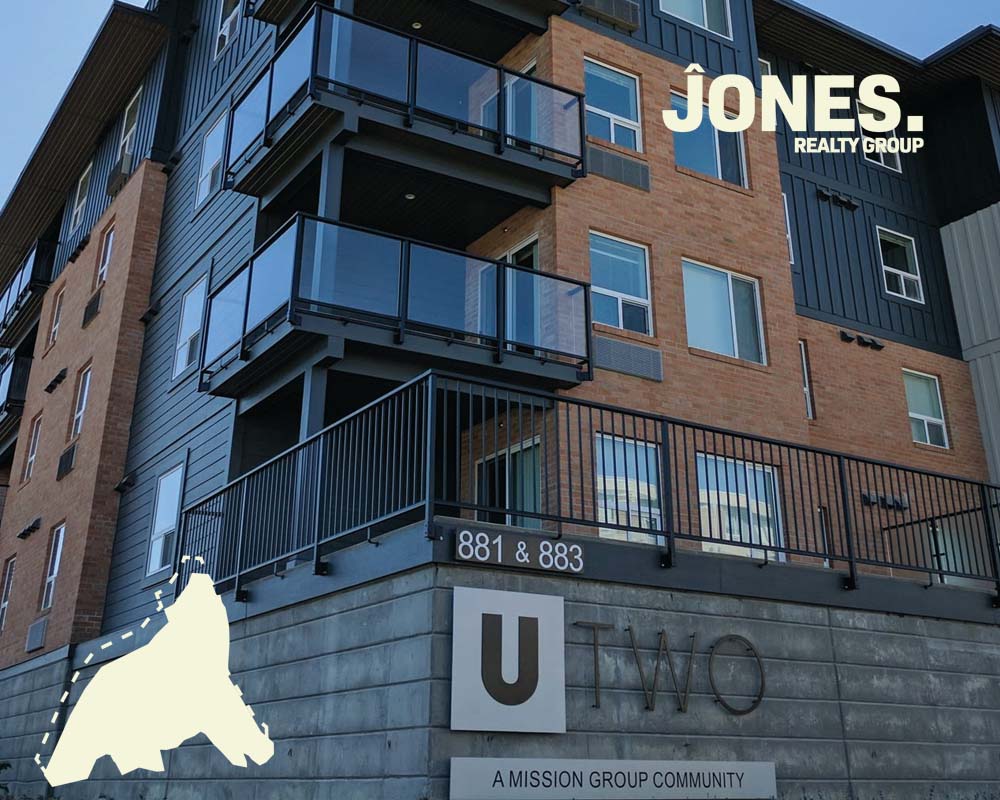Density in Urban Centres
New Zoning Changes in BC & How They Affect Kelowna Real Estate
British Columbia has recently implemented significant zoning changes that are set to impact the real estate landscape across the province, including the city of Kelowna. These changes aim to address various challenges, including housing affordability, urban density, and sustainable development. Understanding these new regulations is critical for homebuyers, sellers, and investors in the Kelowna real estate market.
Here’s a closer look at these zoning changes and their potential effects on Kelowna real estate.
Overview of the Zoning Changes
The new zoning changes in British Columbia are part of a broader initiative to modernize land-use policies and promote more efficient and sustainable urban development.
Key aspects of these changes include:
- Increased Density Allowances: To tackle the housing crisis, the provincial government has introduced higher-density allowances in specific areas. This change encourages the development of multi-family housing units, such as duplexes, triplexes, and apartment buildings, in zones previously restricted to single-family homes.
- Mixed-Use Development: The new zoning regulations promote mixed-use developments that combine residential, commercial, and recreational spaces. This approach aims to create vibrant, walkable communities that reduce reliance on cars and enhance the quality of life.
- Streamlined Approval Processes: To expedite the development process, the government has streamlined approval procedures for certain types of housing projects. This includes reducing red tape and simplifying the permitting process for developers.
- Environmental Considerations: The zoning changes also emphasize environmental sustainability by encouraging green building practices, preserving green spaces, and integrating natural landscapes into urban planning.
Impact on Kelowna Real Estate
These zoning changes are poised to have a substantial impact on Kelowna’s real estate market. Here’s how they might affect different stakeholders:



